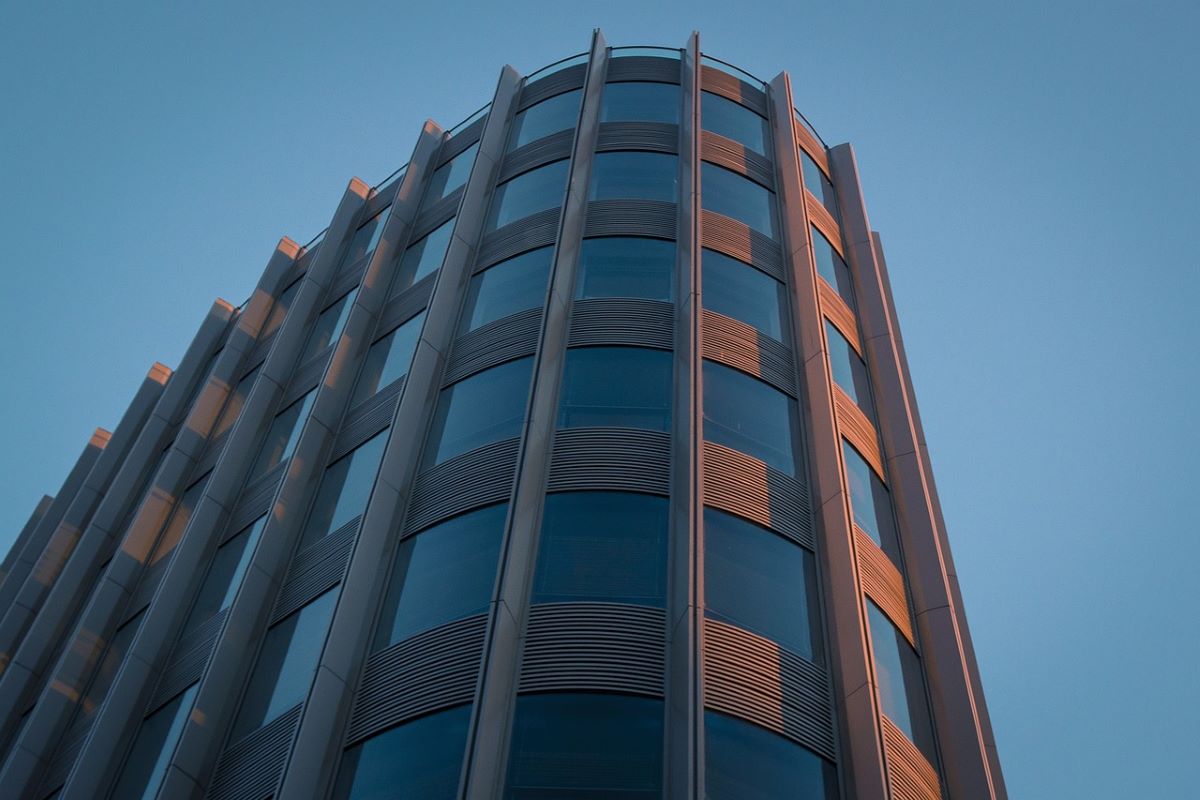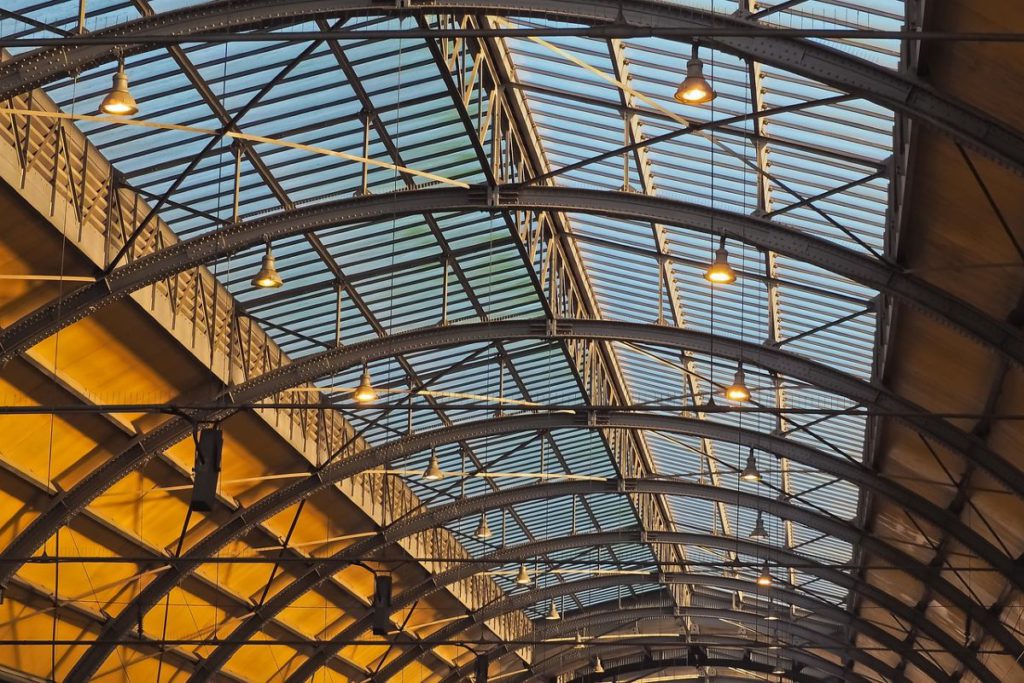
When it comes to designing the exterior and interior of a building, architects and designers must consider a variety of factors such as durability, aesthetics, and energy efficiency. Two popular materials for achieving these goals are aluminium cladding and timber ceilings. In this article, we will explore the benefits of using these materials in combination and how they can create a truly unique and functional design.
Aluminium cladding is a popular choice for building exteriors because of its durability and low maintenance requirements. The material is resistant to weathering, corrosion, and fire, making it ideal for use in a variety of climates. Additionally, aluminium is lightweight and can be easily fabricated into various shapes and sizes, allowing for a wide range of design possibilities.
The use of aluminium cladding can also improve a building’s energy efficiency. When used in combination with insulation, the material helps reduce heat loss, keeping the interior of the building warmer in the winter and cooler in the summer. This can result in significant energy savings, making the building more environmentally friendly and cost-effective to operate.

Timber ceilings, on the other hand, offer a unique aesthetic appeal and can create a warm and inviting atmosphere within a building. The natural beauty of wood, with its grain and colour variations, can add a sense of warmth and elegance to any space. Additionally, timber is a renewable resource and is often sourced from sustainable forests, making it an environmentally friendly option.
When used in combination, aluminium cladding and timber ceilings can create a truly unique and functional design. The combination of the durability and low maintenance requirements of aluminium cladding with the natural beauty and warmth of a timber ceiling can create a design that is both functional and visually appealing.
One of the benefits of this combination is that it allows architects and designers to create an exterior that is both modern and timeless. The clean lines and sleek appearance of aluminium cladding can create a contemporary look, while the warmth and natural beauty of timber ceilings can add a sense of tradition and history.
Another advantage of using aluminium cladding and timber ceilings together is that it allows for a balance between durability and aesthetics. The aluminium cladding provides protection and durability, while the timber ceilings offer a natural and warm aesthetic. This combination can create a building that is not only functional but also visually pleasing.
Moreover, this combination can be used to create a sense of continuity between the exterior and interior of a building. By using the same materials on the exterior and interior of a building, architects and designers can create a cohesive design that flows seamlessly from the exterior to the interior. This can create a sense of unity and harmony within a building.
Another benefit of using aluminium cladding and timber ceilings together is the flexibility it offers in terms of design and functionality. Aluminium cladding can be used in a variety of forms, such as panels, shingles, or even as a rain screen system, providing architects and designers with a range of options to choose from. Similarly, timber ceilings can be used in various forms, such as exposed beams, planks, or even as a suspended ceiling system. This flexibility allows for a wide range of design possibilities, making it easy to create a unique and visually striking design.
Additionally, using aluminium cladding and timber ceilings together can also improve the overall acoustics of a building. Timber is known for its sound-absorbing properties, which can help to improve the acoustics of a room. When used in combination with aluminium cladding, this can result in a building that looks not only good but also sounds good. This can be particularly beneficial in areas such as meeting rooms, conference halls, and auditoriums where good acoustics are essential.
Another benefit of combining aluminium cladding and timber ceilings is the potential cost savings that can be achieved. Timber is often less expensive than other building materials such as stone or concrete, and when used in combination with aluminium cladding, it can provide a cost-effective solution for building exteriors and interiors. Additionally, aluminium cladding is known for its low maintenance requirements, which can help to reduce the overall cost of maintenance and upkeep over the life of the building.
Finally, it’s worth mentioning that these materials are both very sustainable, and when used together, they can contribute to a greener, more sustainable built environment. Aluminium is a highly recyclable material, which means that any aluminium cladding used in a building can be easily recycled and reused at the end of its life. Timber is a renewable resource, and when sourced from sustainable forests, it can provide a sustainable and environmentally friendly solution for building exteriors and interiors.
In a nutshell, aluminium cladding and timber ceilings are two materials that can provide a unique and functional design when used together. The combination of durability, low maintenance, and natural beauty of these materials can create a design that is both functional and visually pleasing. Additionally, the flexibility and cost savings that can be achieved, along with the environmental benefits, make this combination a worthy consideration for architects and designers.






